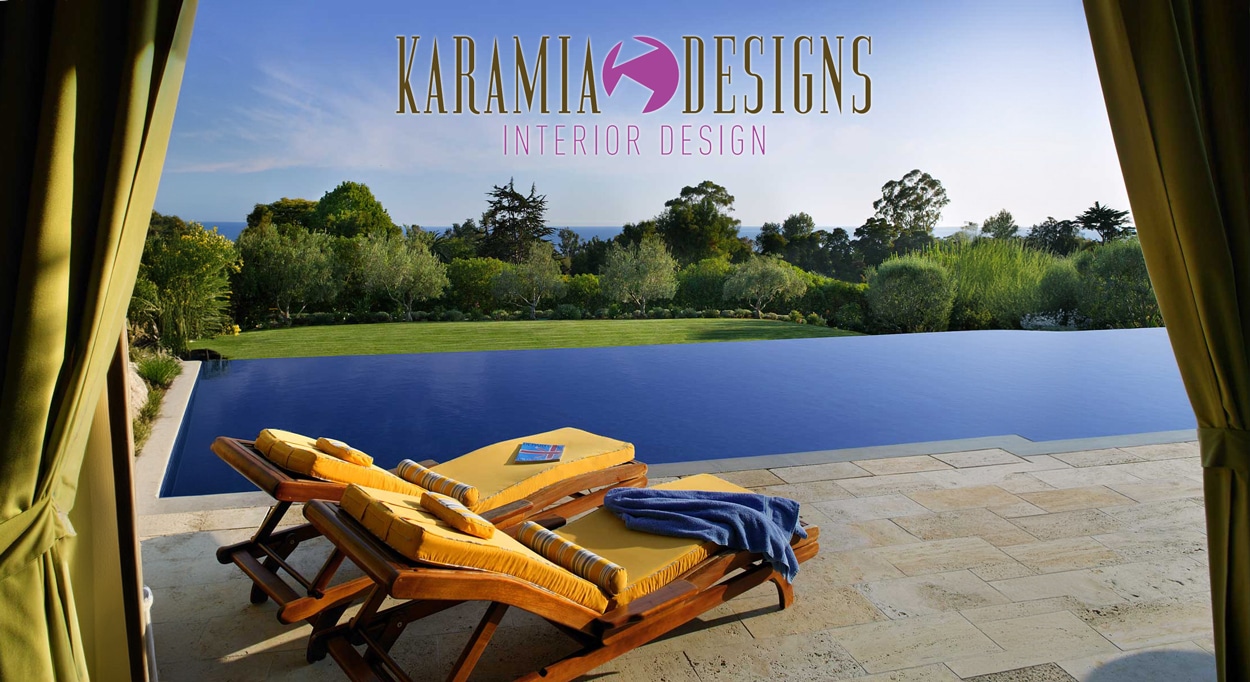Top 8 Mistakes to Avoid When Choosing an Interior Designer
Choosing an interior designer can be daunting, especially when you’re on a budget and want to maximize the potential of your living space.
It’s not just about aesthetics. It’s about finding a professional who can transform your vision into reality without breaking the bank.
However, many homeowners make costly mistakes when selecting an interior designer. These mistakes can lead to dissatisfaction, wasted resources, and a space that doesn’t meet your needs.
This eight-point guide explores the top mistakes to avoid when choosing an interior designer. It will help you make an informed decision that aligns with your budget and design aspirations.
- Overlooking the Designer’s Portfolio
One common mistake is not thoroughly reviewing the designer’s portfolio. This is your chance to see their style, creativity, and attention to detail.
A portfolio can reveal whether the designer’s aesthetic aligns with your vision and show their experience with projects like yours.
Ignoring this step can lead to a mismatch in style and expectations. Always take the time to explore their past work before deciding.
- Ignoring Fee Structures and Hidden Costs
Another pitfall is not understanding the designer’s fee structure. Some charge a flat fee, others a percentage of the project cost, and some bill hourly.
Hidden costs can also creep up, such as travel expenses, sourcing fees, or additional charges for revisions. It’s crucial to clarify these details upfront.
Neglecting to do so can lead to unexpected costs, straining your budget and causing stress.
- Not Setting a Realistic Budget
A common mistake is not setting a realistic budget. This can lead to disappointment when your vision exceeds your financial capacity.
It’s essential to discuss your budget with the designer at the outset. They can help you understand what’s achievable within your means.
Remember, a well-planned budget is critical to a successful design project without financial strain.
- Skipping Reference Checks and Testimonials
Another pitfall is skipping reference checks and testimonials. These provide valuable insights into the designer’s work ethic and reliability.
Don’t hesitate to ask for references. Past clients can share their experiences, both positive and negative.
Remember, a designer with a proven track record is likelier to deliver a satisfactory result.
- Choosing Based Solely on Price
Choosing a designer based solely on price is a common mistake. While budget is important, it shouldn’t be the only factor.
A low-cost designer may lack experience or deliver subpar work. On the other hand, a high-priced designer doesn’t guarantee superior results.
Consider the designer’s experience, portfolio, and client feedback alongside their fees. This holistic approach ensures you get value for your money.
- Failing to Discuss Project Management Style
Understanding a designer’s project management style is crucial. Some designers prefer to handle everything, while others involve clients in every step.
If you prefer to be hands-on, a designer who doesn’t involve clients may frustrate you. Conversely, if you’re hands-off, a designer who requires constant input might overwhelm you.
Discuss this upfront to ensure a smooth working relationship.
- Not Clarifying the Design Process and Customization Level
The design process varies among designers. Some offer highly customized designs, while others use a more standardized approach.
If you desire a unique, personalized space, a designer who leans towards standardization may not meet your expectations. Conversely, a highly customized design might exceed your budget.
Clarify this aspect to avoid disappointment and ensure your budget aligns with the designer’s process.
- Underestimating the Importance of Compatibility
Compatibility with your designer is crucial. This relationship is not just about aesthetics but also about communication and understanding.
A designer who understands your vision and communicates effectively can simplify the design process. Conversely, a lack of compatibility can lead to misunderstandings and dissatisfaction.
Choose a designer you feel comfortable with who respects your ideas and communicates clearly.
Conclusion:
Making an Informed Decision
Choosing an interior designer is a significant decision. Avoiding these common mistakes can help ensure a successful project.
Remember, the goal is to create a space that reflects your style and meets your needs.
Contact us for a free consultation.

